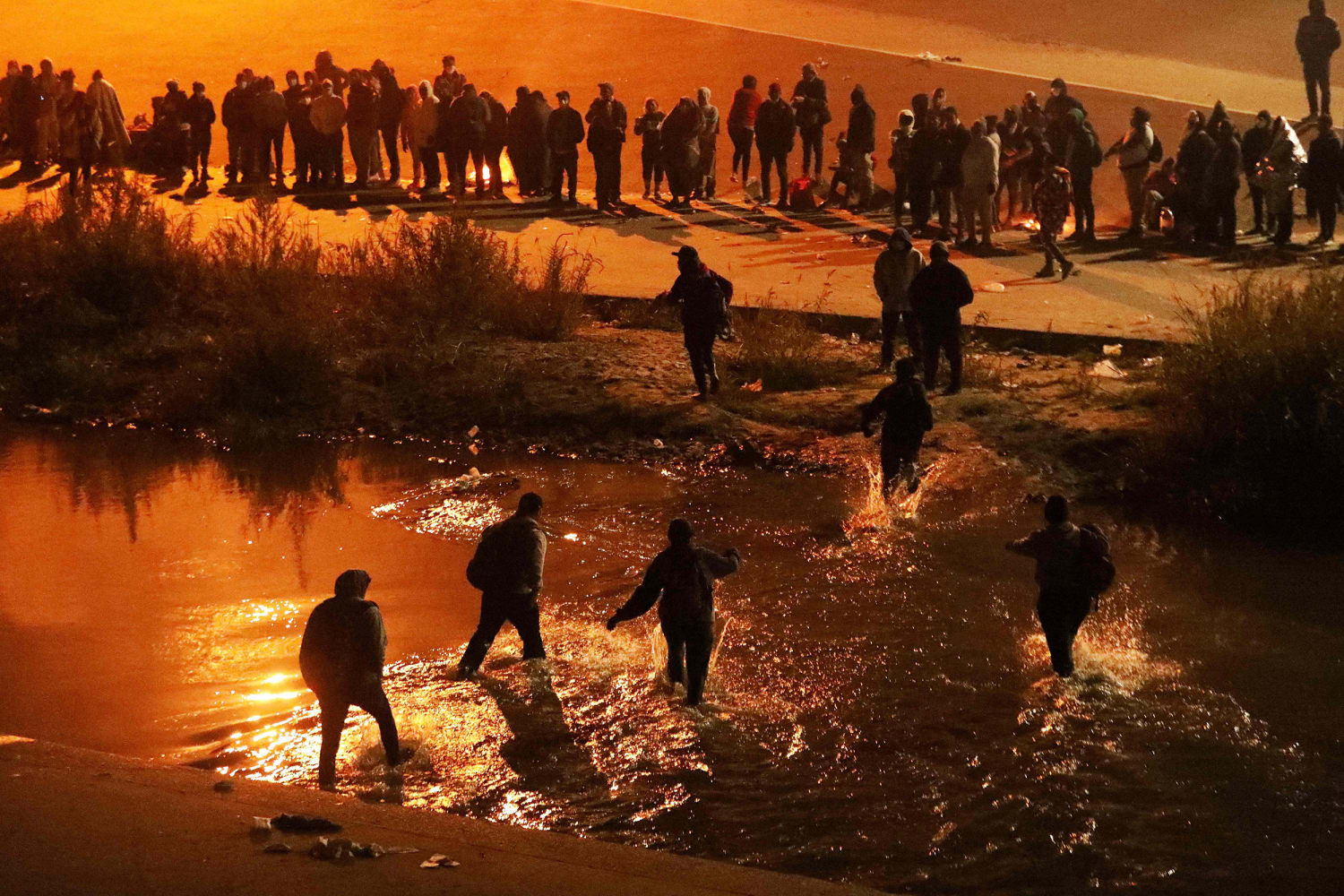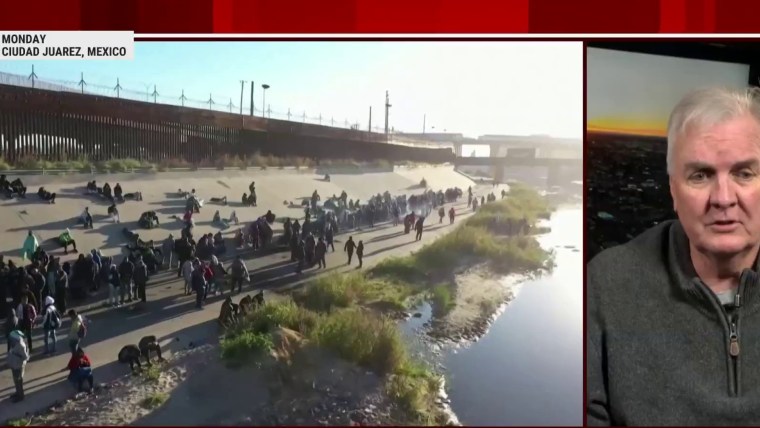SAN ANTONIO — There’s a lot of mention of “Title 42” lately. With it comes images of crowds of people crossing the Rio Grande or on the banks of the river that divides the United States and Mexico. As it nears a potential end, it might be a good time to understand what it’s all about.
What is Title 42?
Title 42 is a part of U.S. law that deals with public health, social welfare and civil rights. It gives the federal government the ability to take emergency action to keep communicable diseases out of the country. Before then-President Donald Trump used it in 2020, it had only been used in 1929 to keep ships from China and the Philippines from entering U.S. ports during a meningitis outbreak.
Trump invoked the law when the coronavirus pandemic broke out, ostensibly to prevent the spread of Covid, but mostly to drum out migrants more quickly and without having to consider them for asylum. The Biden administration has continued to expel migrants from the country under the law. More than 2 million people have been expelled since Trump put it into effect.
Why is there talk about ‘lifting’ Title 42?
Bottom line, a federal judge ordered the Biden administration to stop using Title 42 by Dec. 21, stating that it was “arbitrary and capricious.” The ruling followed a lawsuit from families seeking U.S. asylum.
The administration had tried to stop using Title 42 sooner, but was blocked by a federal court in Louisiana. Other legal wrangling is ongoing, including an effort by several Republican-led states to keep Title 42 in place, arguing that an increase in migration would harm them.
Why is using Title 42 controversial?
Immigration and humanitarian groups accused the Trump administration of using the pandemic as a pretext to deny tens of thousand of migrants the chance for humanitarian relief through asylum. They’ve also criticized the Biden administration for continuing to use it. The groups have said the measure stokes racism and allows for discrimination because some countries, such as Venezuela, have been exempt. The Biden administration started applying Title 42 to Venezuelans in October and their numbers have dropped.
On the other hand, after a lull in immigration at the end of the Obama administration — including net zero migration from Mexico, the U.S. has seen jumps in the number of people arriving at the border. World events, economic disparities, cartels expanding smuggling operations, congressional inaction and outdated immigration laws have returned the number of times border officers encounter people crossing into the country illegally to figures seen in the early 2000s.
So will the border be open or not secure if Title 42 ends?
Defining the border “open” or not secure is more about political rhetoric.
If Title 42 ends, the government reverts to previous immigration law, which falls under Title 8 of the U.S. Code of federal statutes.
Border officers can expel people from the country more quickly under Title 42, because they can dispense with the asylum process. But the migrants are not assessed penalties they face under Title 8: Among those penalties is up to two years in prison if a person re-enters the country illegally after being removed or deported.
Without those consequences, Mexican migrants and others have been using Title 42 “as a means to get multiple opportunities to enter the United States,” said Ariel Ruiz Soto, a policy analyst at the Migration Policy Institute think tank. “That is counterproductive because it in some ways incentivizes migrants to try multiple times and the more times that migrants try, the more likely that they’re successful.”
In 2019, before Title 42 went into effect, just 7% of migrants apprehended by Border Patrol had been previously apprehended. That recidivism rate grew to 26% in fiscal year 2022.
So if we’re still using Title 42, why are so many people illegally crossing the border now?
One challenge the U.S. is facing is that it’s seeing many people from countries such as Venezuela, Cuba and Nicaragua arriving at the border. The U.S. has frosty to no relations with these countries, which have not been taking people back, so they’re able to apply for asylum.
However, Mexico has agreed to accept some Venezuelan migrants and negotiations are ongoing for it to take more. Cuba recently agreed to accept migrants who had left the country and crossed undocumented into the U.S. from Mexico. Mexico also accepts some migrants from Central America, but not Nicaraguans, who also are not accepted back by their own country.
This issue will continue whether or not Title 42 is in use.
Why are cities on the border nervous about what comes next?
Even with Title 42 in place, nonprofit groups running shelters in the U.S., as well as officials in border cities, have had to respond to large groups of people after they’ve been released by Customs and Border Protection.
Providing the migrants with housing, food, clothing and travel assistance to their ultimate destinations — often out of state to where they have family or friends — takes money, volunteers and space.
There are fears that there will be a spike in people coming to the border when Title 42 ends, including those coming legally to the ports of entry to request asylum. Also, there are concerns the increase in the number of people and the added processing time could clog regular movement at ports of entry.
What other factors impact migration and border policy?
Congress is working on legislation to address immigration and border security, but time is running out for passage of a sweeping deal — and it remains to be seen if the end product will have any effect on the flows of migrants.
Migrant flows also are affected by weather, with drops in arrivals as the temperatures turn colder.
The focus on the numbers arriving at the border now may be obscuring views of the changing immigration patterns, Ruiz Soto said. New immigration trends are emerging, with increases in arrivals from Colombia, Ecuador and Peru.
“Our U.S. immigration system is designed to deter Mexican immigration,” Ruiz Soto said. “As migration flows become increasingly hemispheric, it is clear our immigration system is outdated and significantly ill-equipped.”
Source: | This article originally belongs to Nbcnews.com











